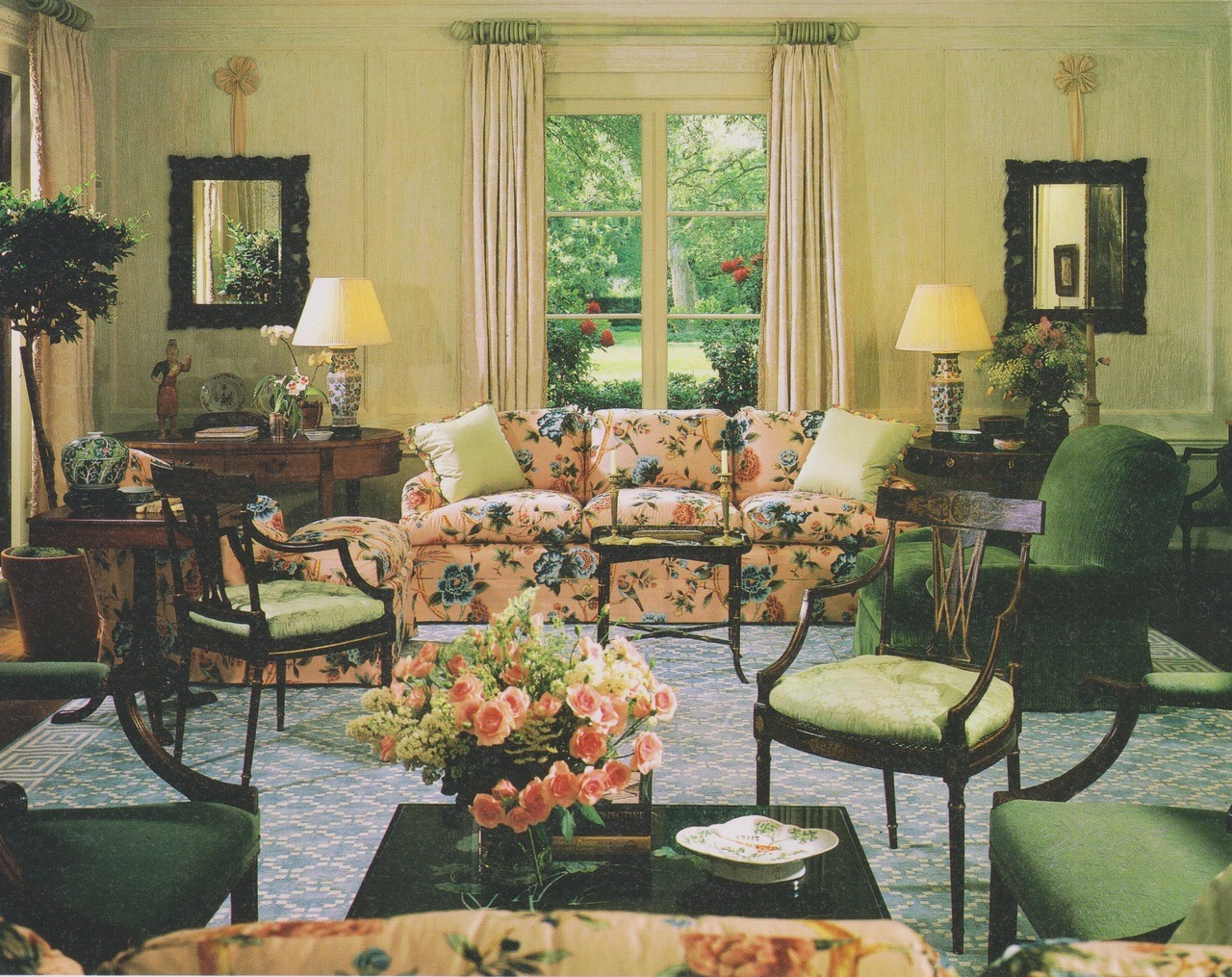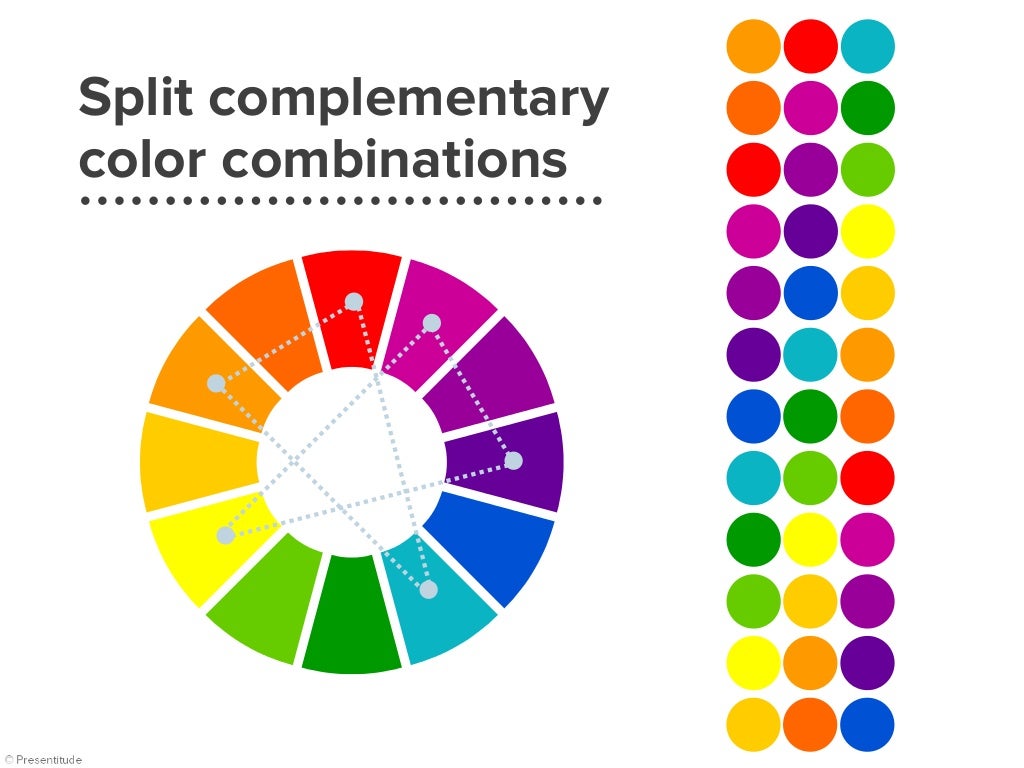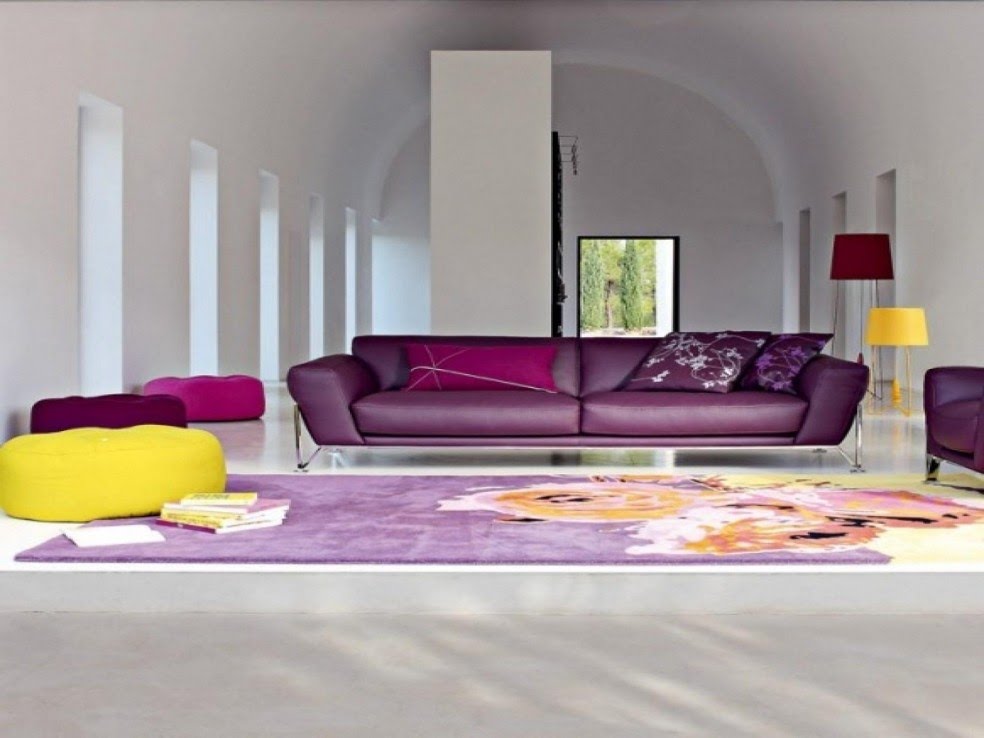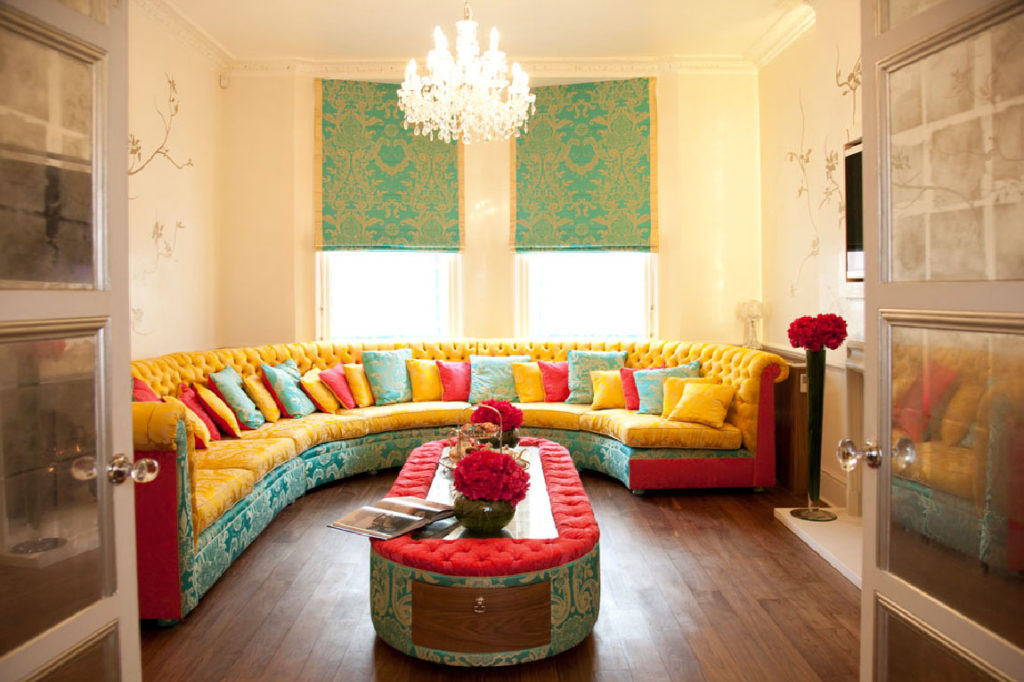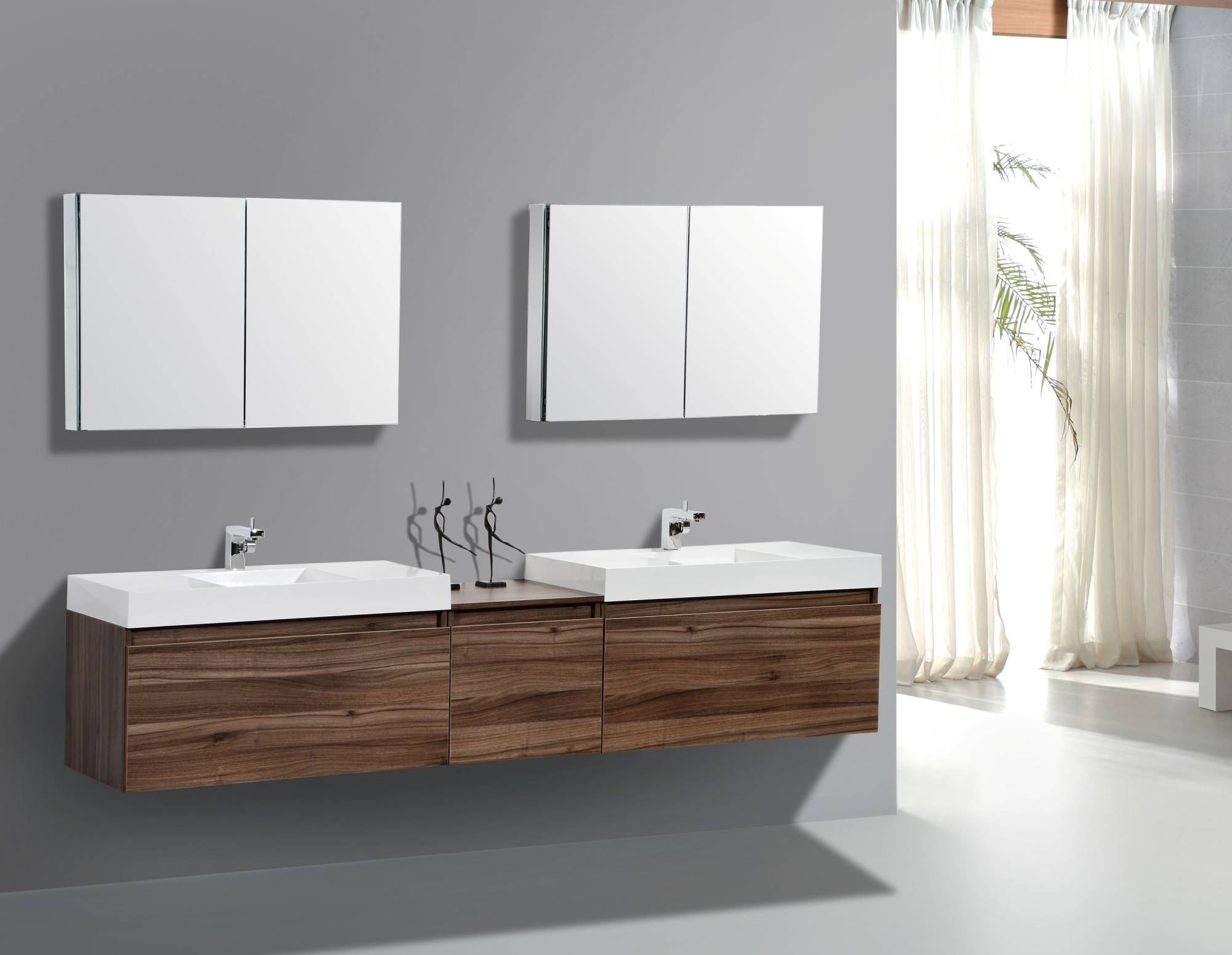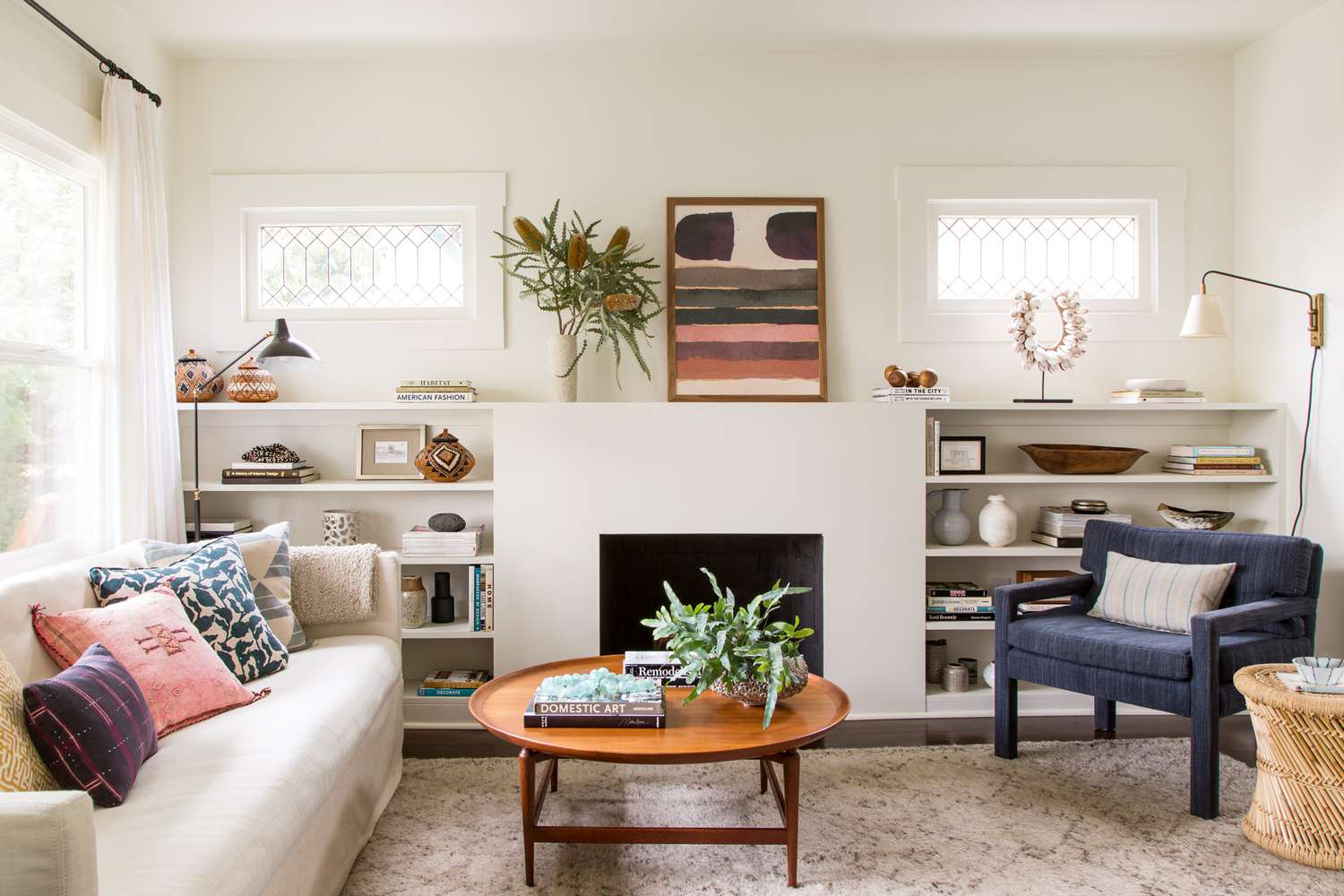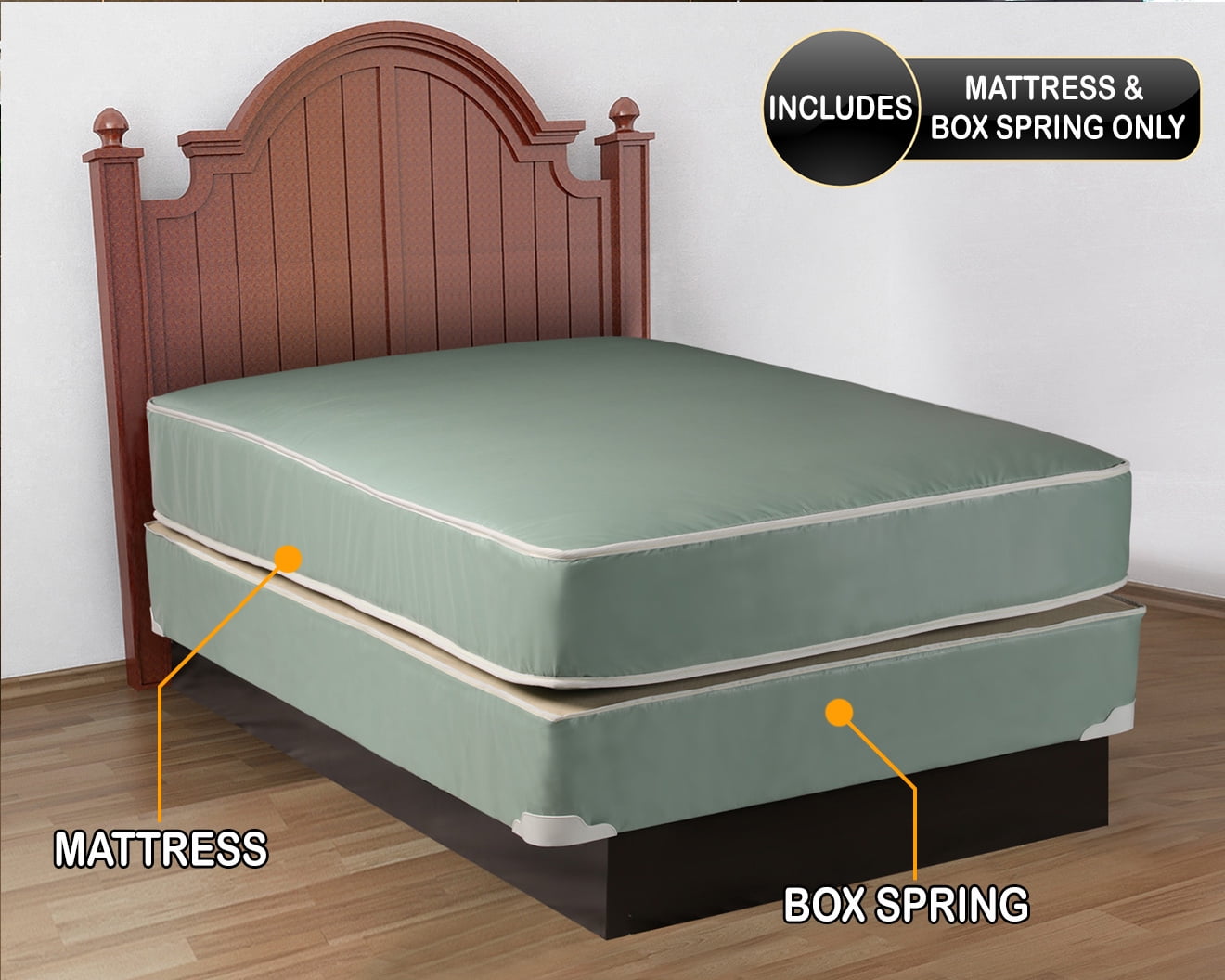Neutral colors are a popular choice for living room designs as they provide a calming and versatile backdrop for any style or theme. Beige, white, gray, and taupe are all examples of neutral colors that can create a clean and sophisticated look. These colors also work well with accent colors, making them a great choice for those who like to switch up their decor frequently. For a timeless and elegant living room, opt for a neutral color scheme.Neutral color combinations for living room
For a cozy and inviting living room, consider using warm colors such as red, orange, yellow, and gold. These colors can create a positive and energetic atmosphere, perfect for entertaining guests or relaxing with family. Use these colors in accents or statement pieces to add a pop of warmth to a neutral or cool color scheme.Warm color combinations for living room
Cool colors, such as blue, green, and purple, are known for their calming and relaxing effects. These colors are often associated with nature and can create a tranquil and serene atmosphere in a living room. Use these colors in larger areas, such as walls or furniture, to create a cool and refreshing space.Cool color combinations for living room
A monochromatic color scheme involves using different shades, tints, and tones of the same color. This sophisticated and minimalist approach to design can create a harmonious and balanced look in a living room. For example, a monochromatic gray color scheme can include light gray, charcoal gray, and silver to add depth and interest to the room.Monochromatic color combinations for living room
For a dramatic and eye-catching living room, consider using contrasting colors. This involves pairing opposite colors on the color wheel, such as black and white, blue and orange, or purple and yellow. This color scheme can create a bold and modern look, but be sure to balance it with neutral colors to avoid overwhelming the space.Contrasting color combinations for living room
Complementary colors are located directly across from each other on the color wheel. This color scheme can create a dynamic and balanced look in a living room. For example, a blue and orange color scheme can create a playful and energetic atmosphere, while a purple and yellow color scheme can create a rich and sophisticated feel.Complementary color combinations for living room
Analogous colors are located next to each other on the color wheel. This color scheme can create a harmonious and cohesive look in a living room. For example, a blue and green color scheme can create a calming and serene atmosphere, while a red and orange color scheme can create a warm and inviting feel.Analogous color combinations for living room
A triadic color scheme involves using three colors that are evenly spaced on the color wheel. This color scheme can create a vibrant and energetic look in a living room. For example, a triadic color scheme can include red, blue, and yellow, or orange, green, and purple. Use these colors in varying shades and tones to avoid overwhelming the space.Triadic color combinations for living room
A tetradic color scheme involves using four colors that are evenly spaced on the color wheel. This color scheme can create a dynamic and colorful look in a living room. For example, a tetradic color scheme can include blue, orange, green, and red, or yellow, purple, red, and green. Use these colors in varying shades and tones to create a balanced and cohesive look.Tetradic color combinations for living room
A split-complementary color scheme involves using a base color and two colors that are adjacent to its complementary color on the color wheel. This color scheme can create a dramatic and dynamic look in a living room. For example, a split-complementary color scheme can include blue, yellow-green, and red-orange, or purple, yellow, and blue-green. Use these colors in varying shades and tones to add depth and interest to the room.Split-complementary color combinations for living room
The Importance of Choosing the Right Color Combinations for Your Living Room

Creating a Welcoming and Harmonious Space
 When it comes to designing your living room, choosing the right color combinations is crucial. The living room is often considered the heart of the home, where friends and family gather to relax and spend quality time together. Therefore, the color scheme you choose should reflect the overall vibe and atmosphere you want to create in your living room. By selecting the right colors, you can create a welcoming and harmonious space that will not only make you feel good but also impress your guests.
When it comes to designing your living room, choosing the right color combinations is crucial. The living room is often considered the heart of the home, where friends and family gather to relax and spend quality time together. Therefore, the color scheme you choose should reflect the overall vibe and atmosphere you want to create in your living room. By selecting the right colors, you can create a welcoming and harmonious space that will not only make you feel good but also impress your guests.
Adding Depth and Dimension
/169789002-58a723d63df78c345b930ec6.jpg) A well-chosen color combination can also add depth and dimension to your living room. By incorporating different shades and tones, you can create a visually interesting space that will make your living room stand out. For example, you can use a darker color on one wall to create a focal point and then complement it with lighter shades on the other walls. This creates a sense of balance and adds depth to the room.
A well-chosen color combination can also add depth and dimension to your living room. By incorporating different shades and tones, you can create a visually interesting space that will make your living room stand out. For example, you can use a darker color on one wall to create a focal point and then complement it with lighter shades on the other walls. This creates a sense of balance and adds depth to the room.
Setting the Mood
 Colors have the power to evoke emotions and set the mood in a room. When choosing color combinations for your living room, think about the atmosphere you want to create. Do you want a cozy and intimate space? Then warm, earthy tones like shades of brown and red may be the way to go. Looking for a more energetic and lively space? Consider using bright and bold colors such as yellow and orange. By understanding the psychology behind colors, you can create a living room that reflects your desired mood and enhances the overall ambiance of your home.
Colors have the power to evoke emotions and set the mood in a room. When choosing color combinations for your living room, think about the atmosphere you want to create. Do you want a cozy and intimate space? Then warm, earthy tones like shades of brown and red may be the way to go. Looking for a more energetic and lively space? Consider using bright and bold colors such as yellow and orange. By understanding the psychology behind colors, you can create a living room that reflects your desired mood and enhances the overall ambiance of your home.
Complementing Your Furniture and Décor
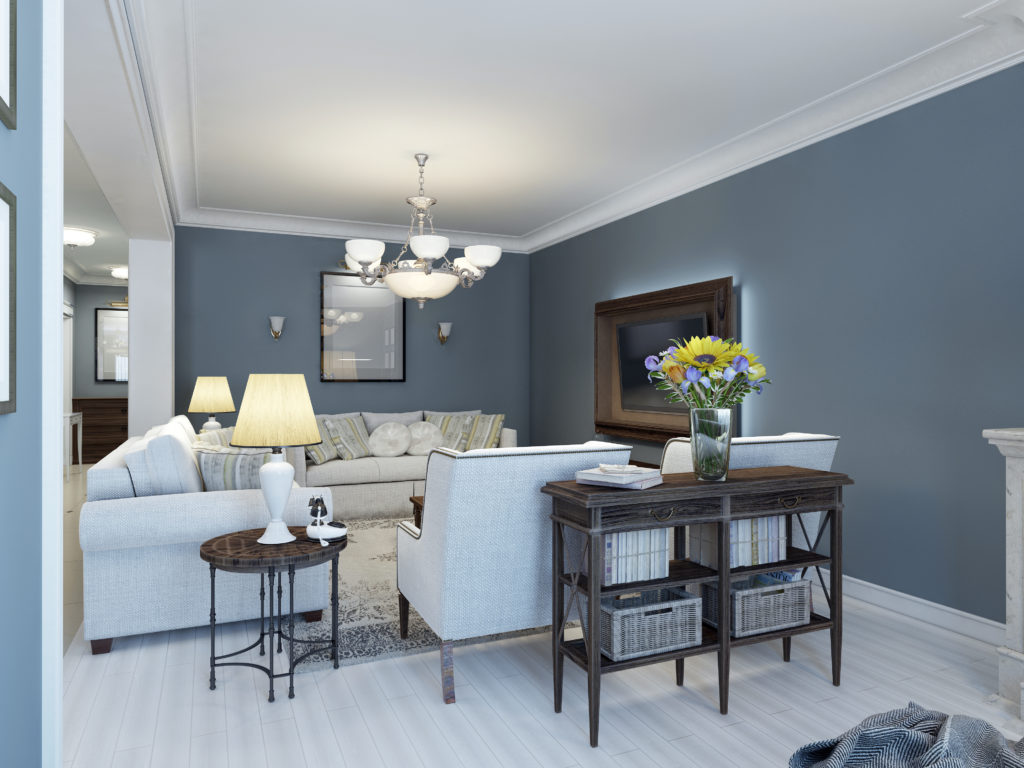 Another crucial factor to consider when choosing color combinations for your living room is how they will complement your furniture and décor. The color scheme you choose should not only look good on its own, but it should also work well with the other elements in your living room. For instance, if you have a bold and colorful rug, you may want to choose a more neutral color palette for your walls to avoid clashing. By considering your existing furniture and décor, you can create a cohesive and visually pleasing living room.
In conclusion, choosing the right color combinations for your living room is essential for creating a welcoming, harmonious, and visually appealing space. By incorporating different shades and tones, setting the mood, and considering your existing furniture and décor, you can design a living room that not only looks good but also reflects your personal style and enhances the overall ambiance of your home. So, take your time, experiment with different color combinations, and create a living room that you will love to spend time in.
Another crucial factor to consider when choosing color combinations for your living room is how they will complement your furniture and décor. The color scheme you choose should not only look good on its own, but it should also work well with the other elements in your living room. For instance, if you have a bold and colorful rug, you may want to choose a more neutral color palette for your walls to avoid clashing. By considering your existing furniture and décor, you can create a cohesive and visually pleasing living room.
In conclusion, choosing the right color combinations for your living room is essential for creating a welcoming, harmonious, and visually appealing space. By incorporating different shades and tones, setting the mood, and considering your existing furniture and décor, you can design a living room that not only looks good but also reflects your personal style and enhances the overall ambiance of your home. So, take your time, experiment with different color combinations, and create a living room that you will love to spend time in.


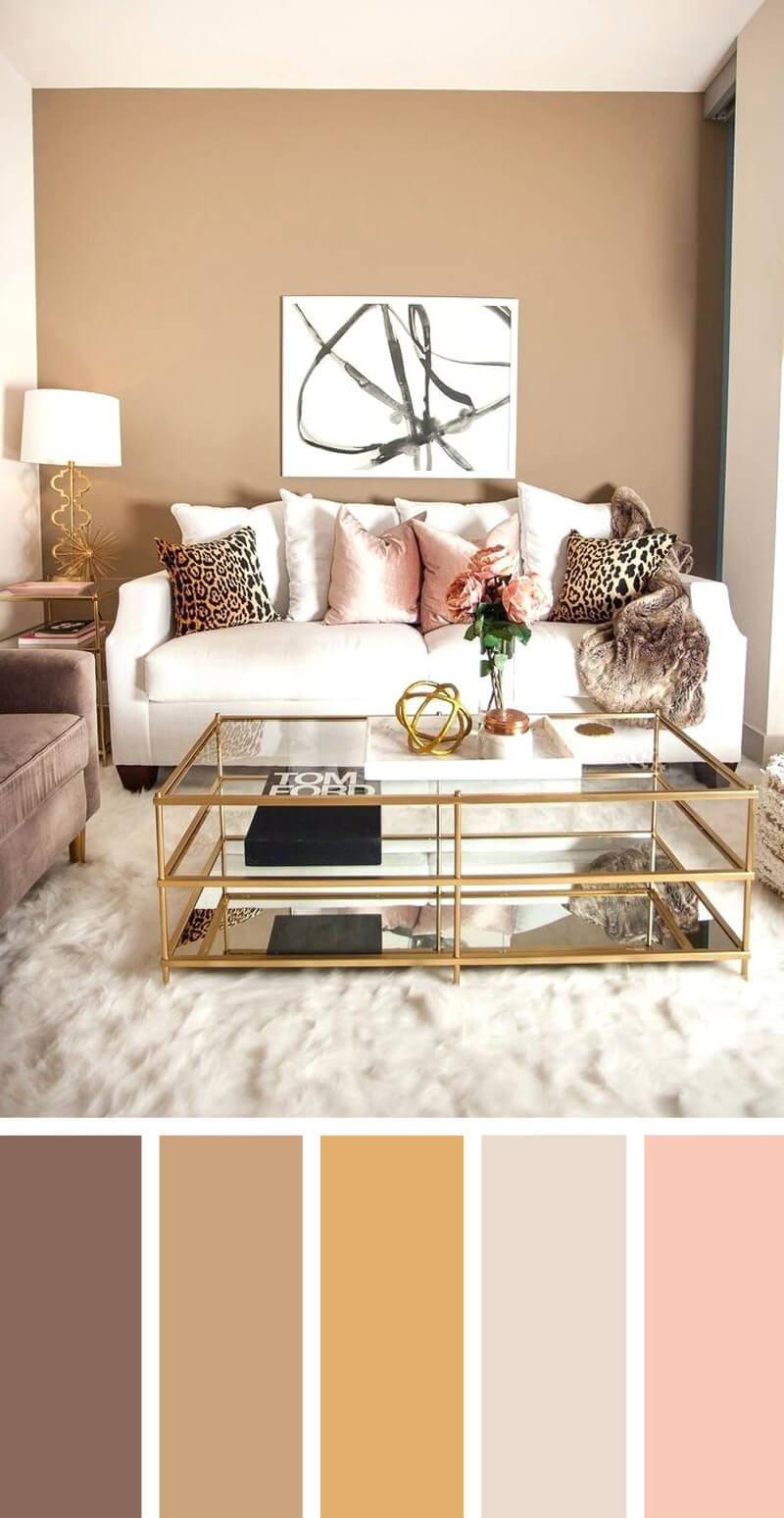
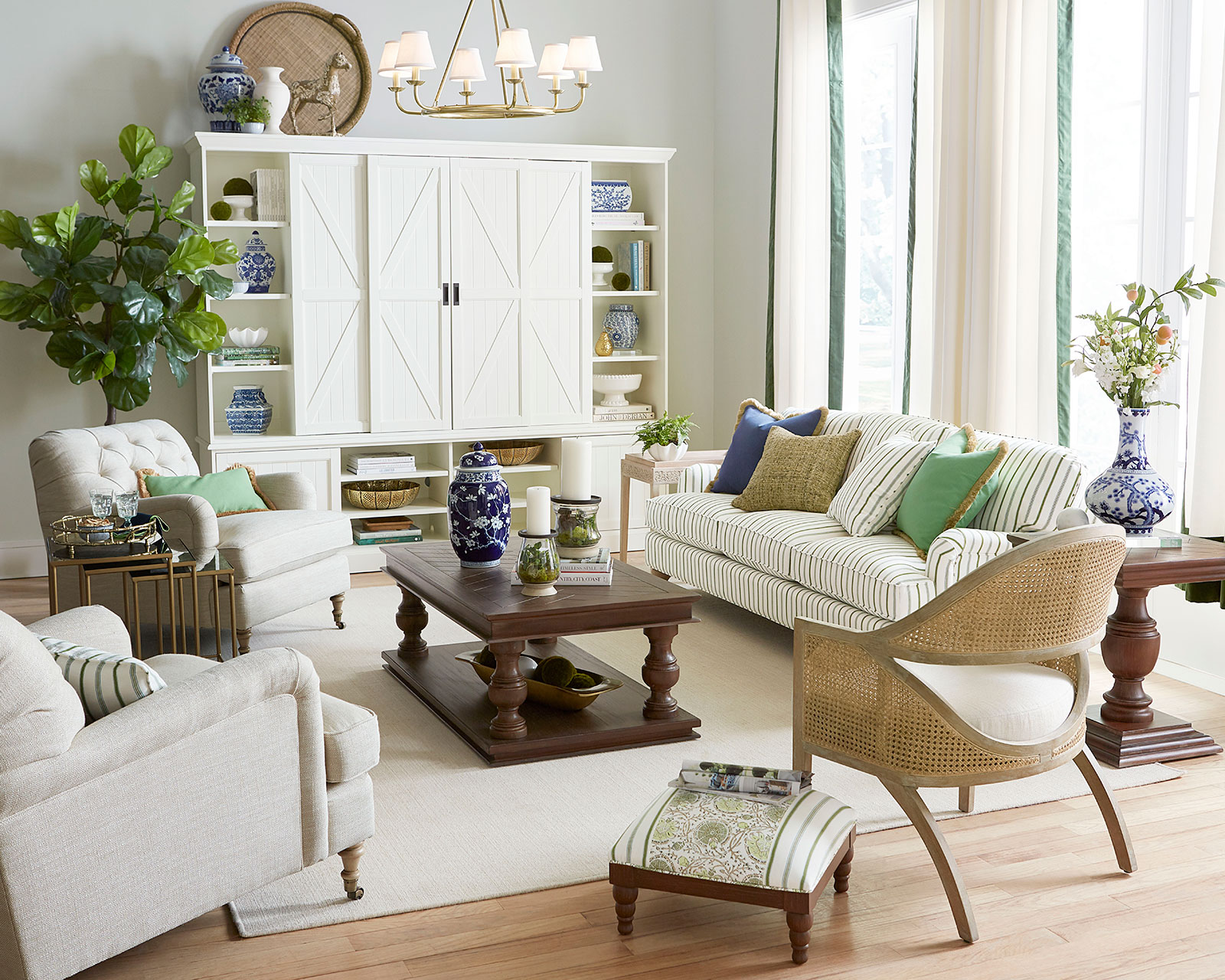
/Neutrallivingroom-GettyImages-568518365-5a6260a87d4be80036ac6b0c.jpg)
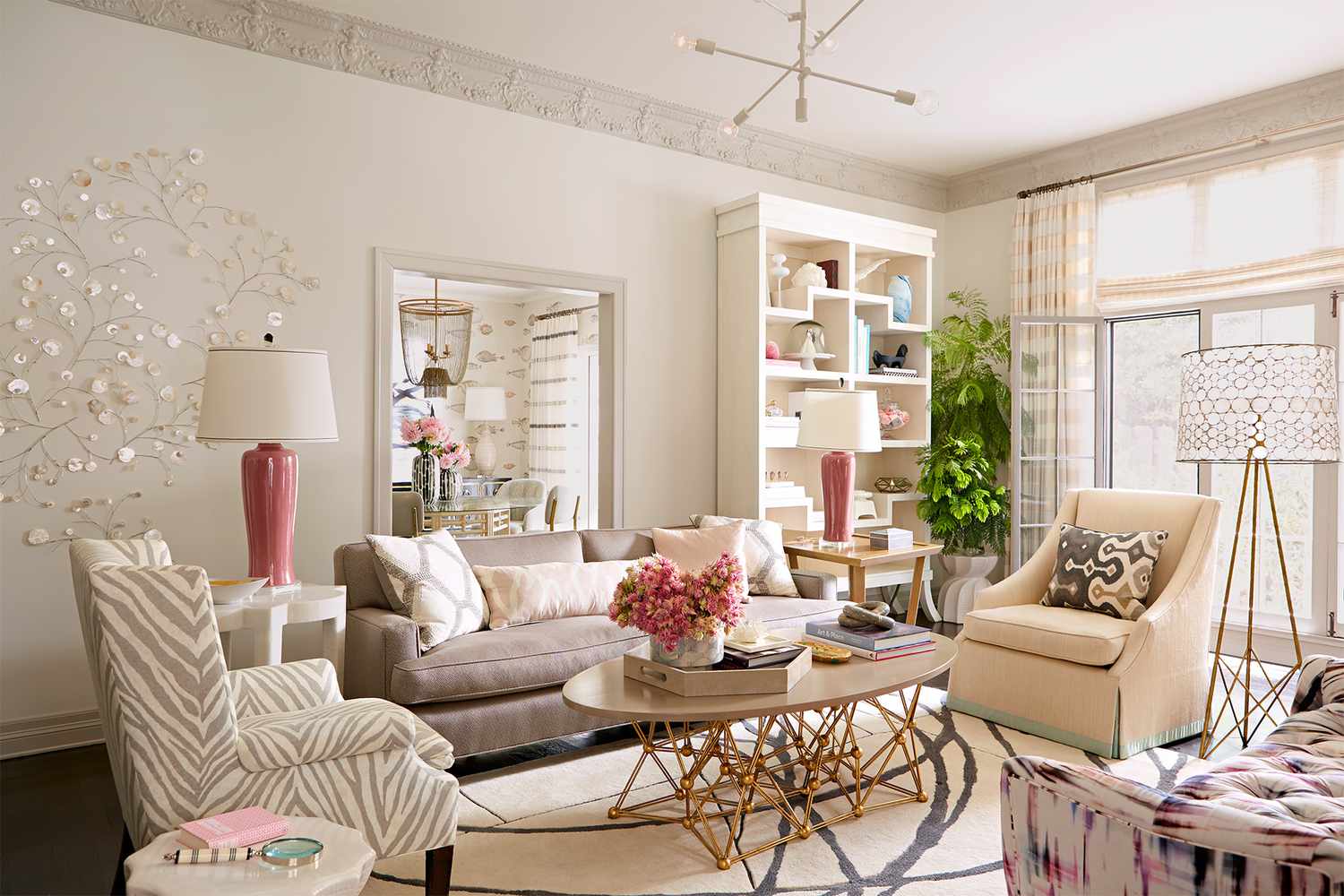

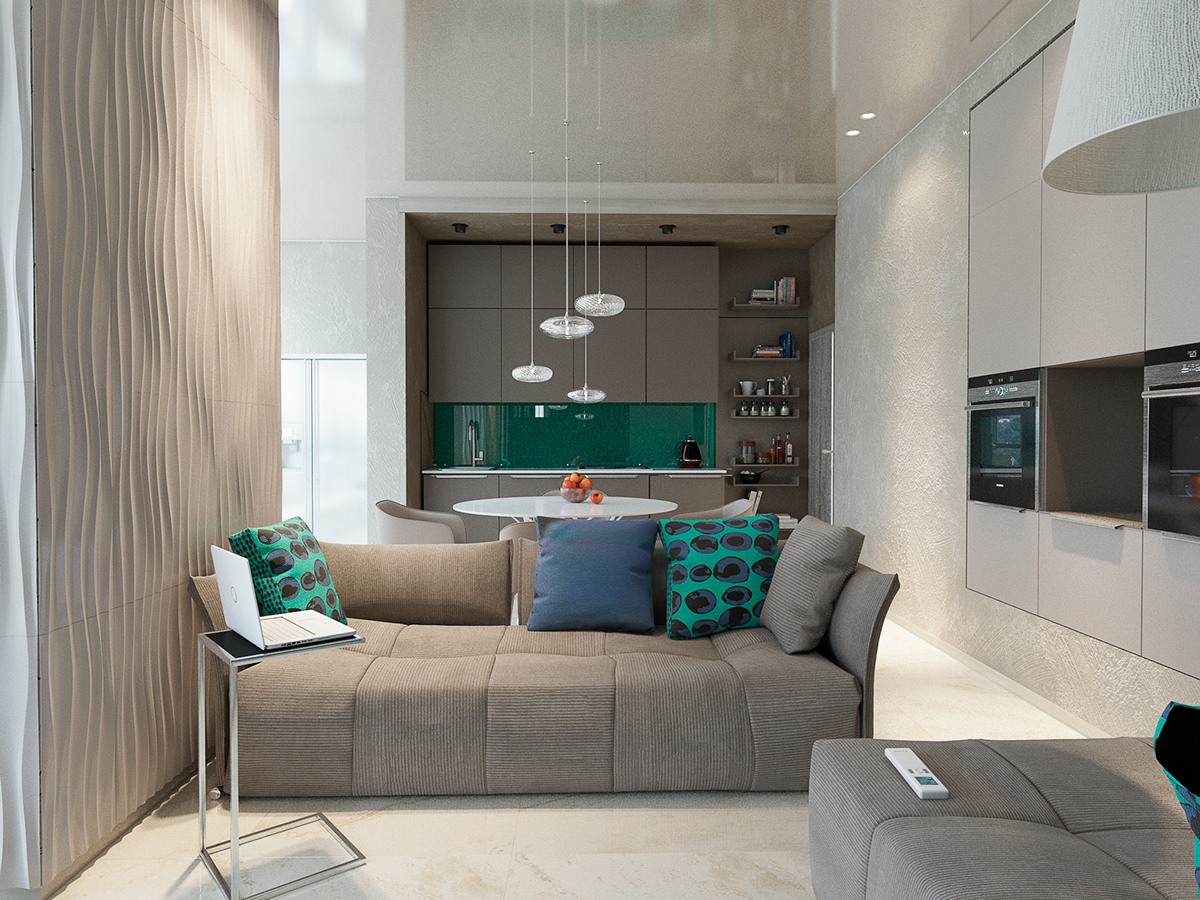

:max_bytes(150000):strip_icc()/Comfy-Neutral-Living-Room-581bd7a53df78cc2e8ac3da6.jpg)
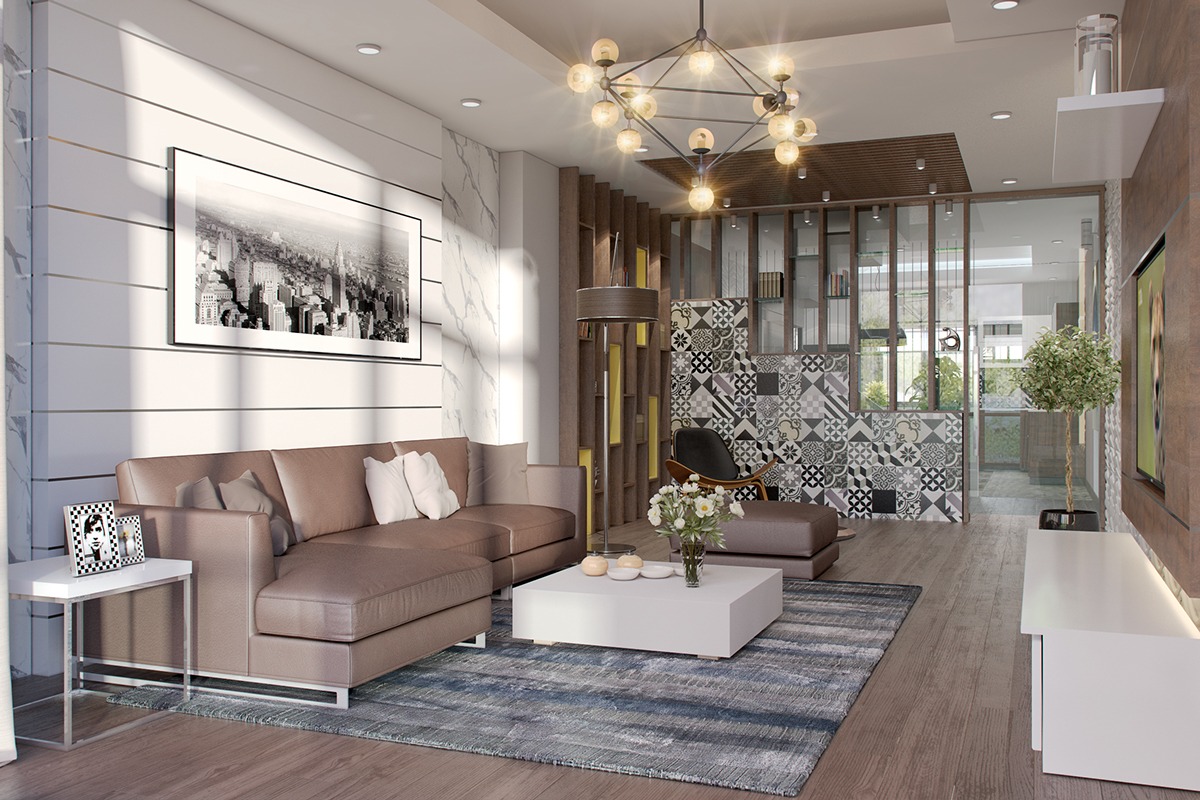
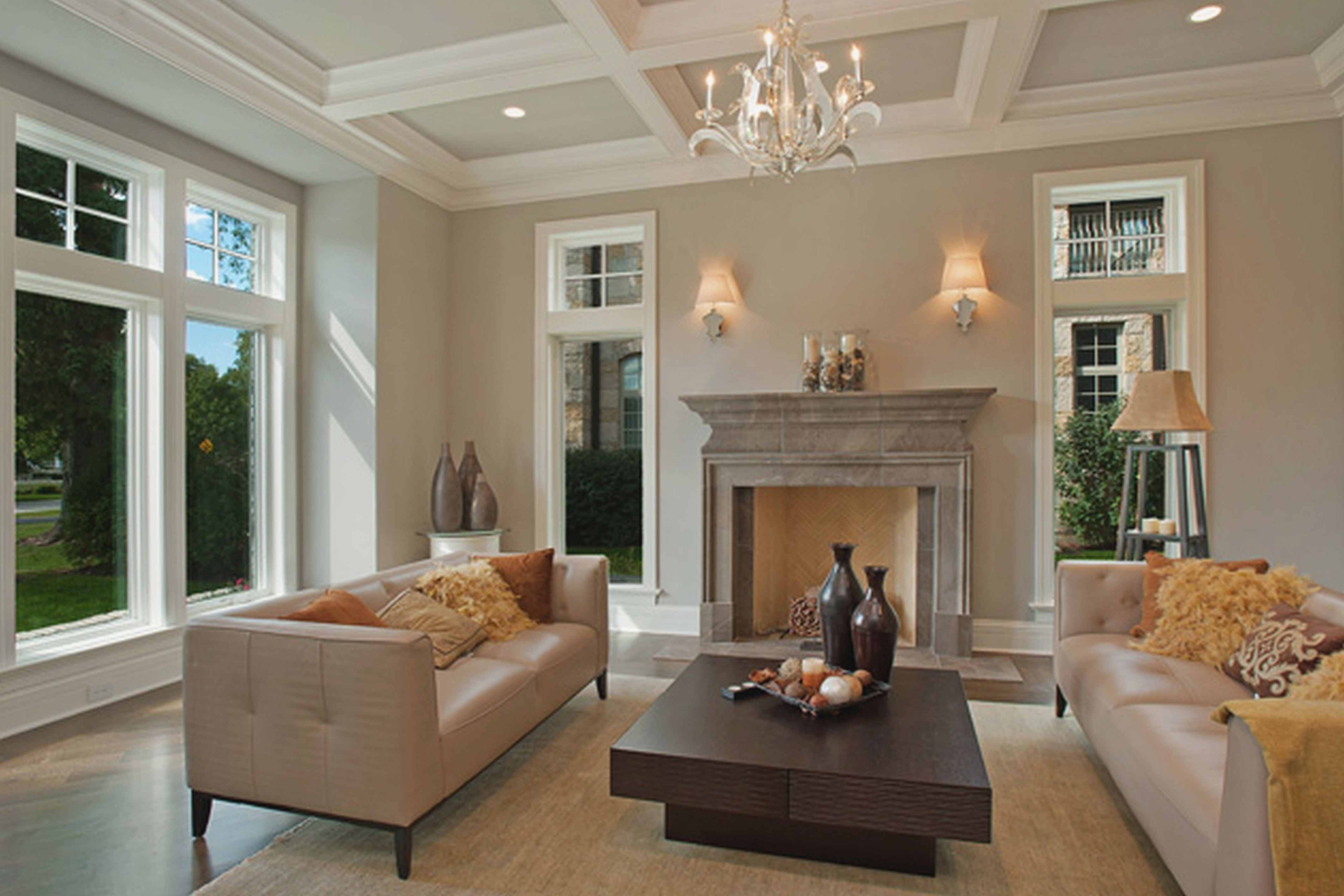
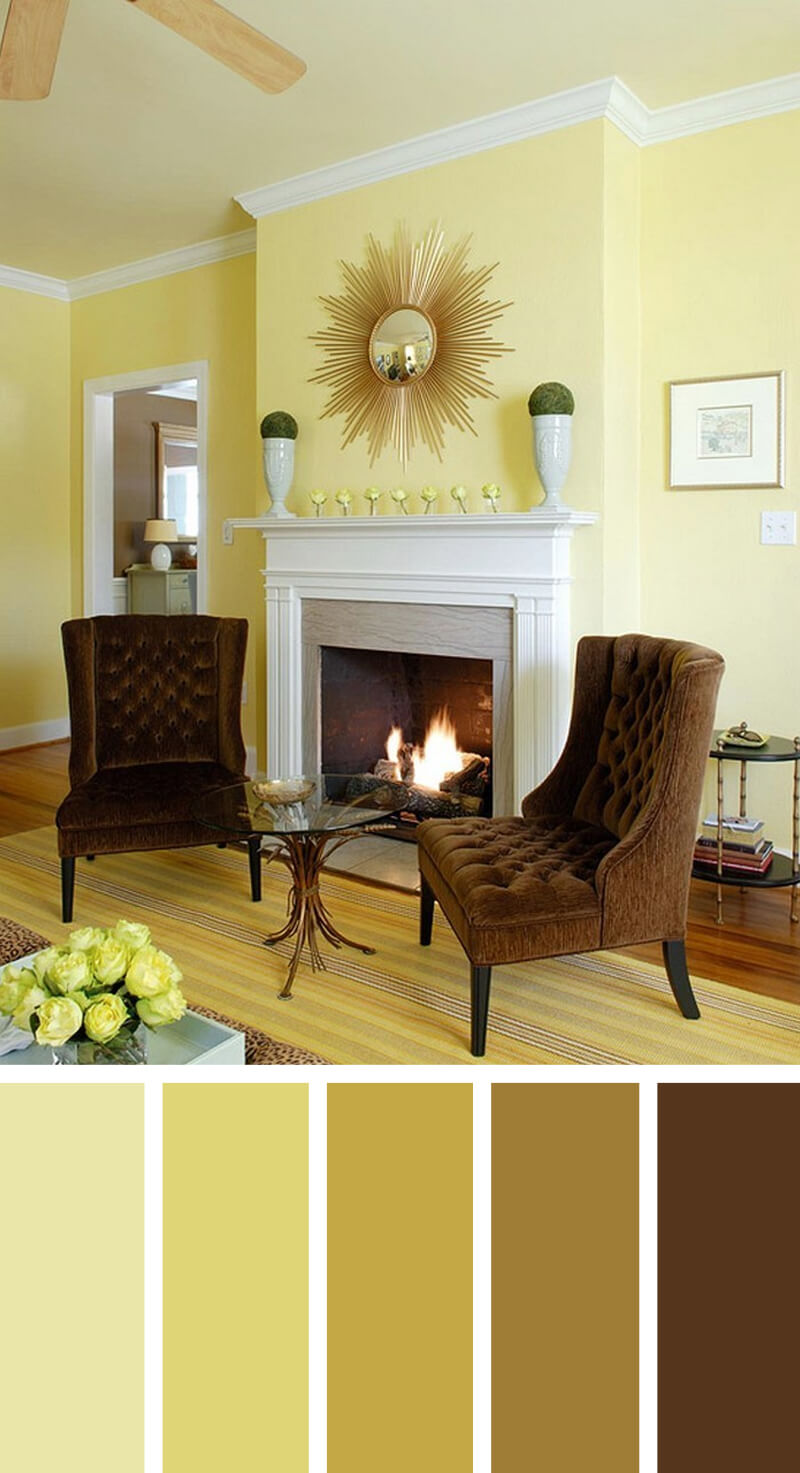


/Homedecorwarmcolors-GettyImages-640896866-596fcc88af5d3a00110c5931.jpg)

/GettyImages-1166439205-55e4b070c78f40f58e4f785546eea0fb.jpg)



:max_bytes(150000):strip_icc()/Litchfield_BeresfordHill_025-5b89787fc9e77c00258aa53c.jpg)
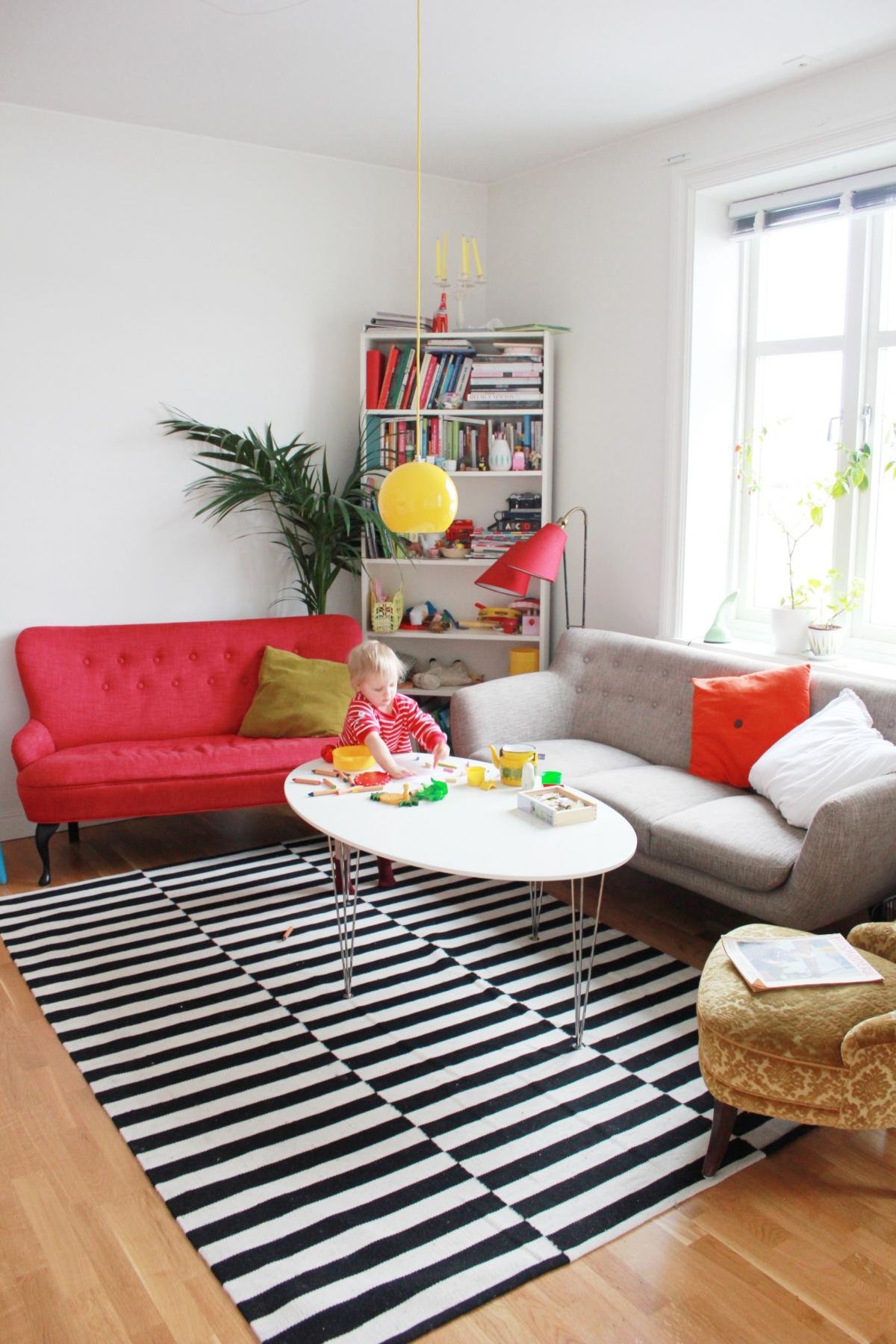

:max_bytes(150000):strip_icc()/Litchfield_BeresfordHill_025-5b89787fc9e77c00258aa53c.jpg)









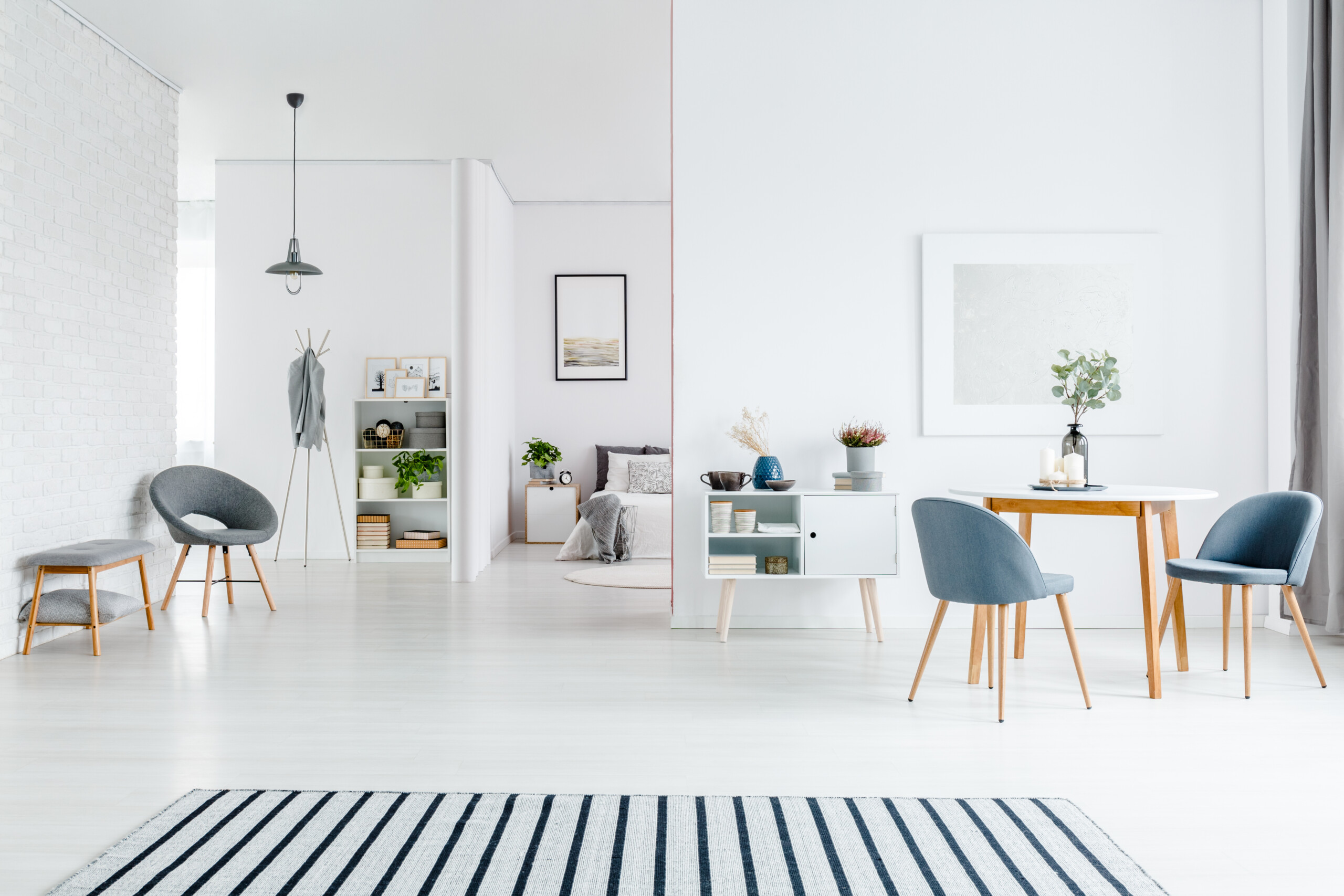


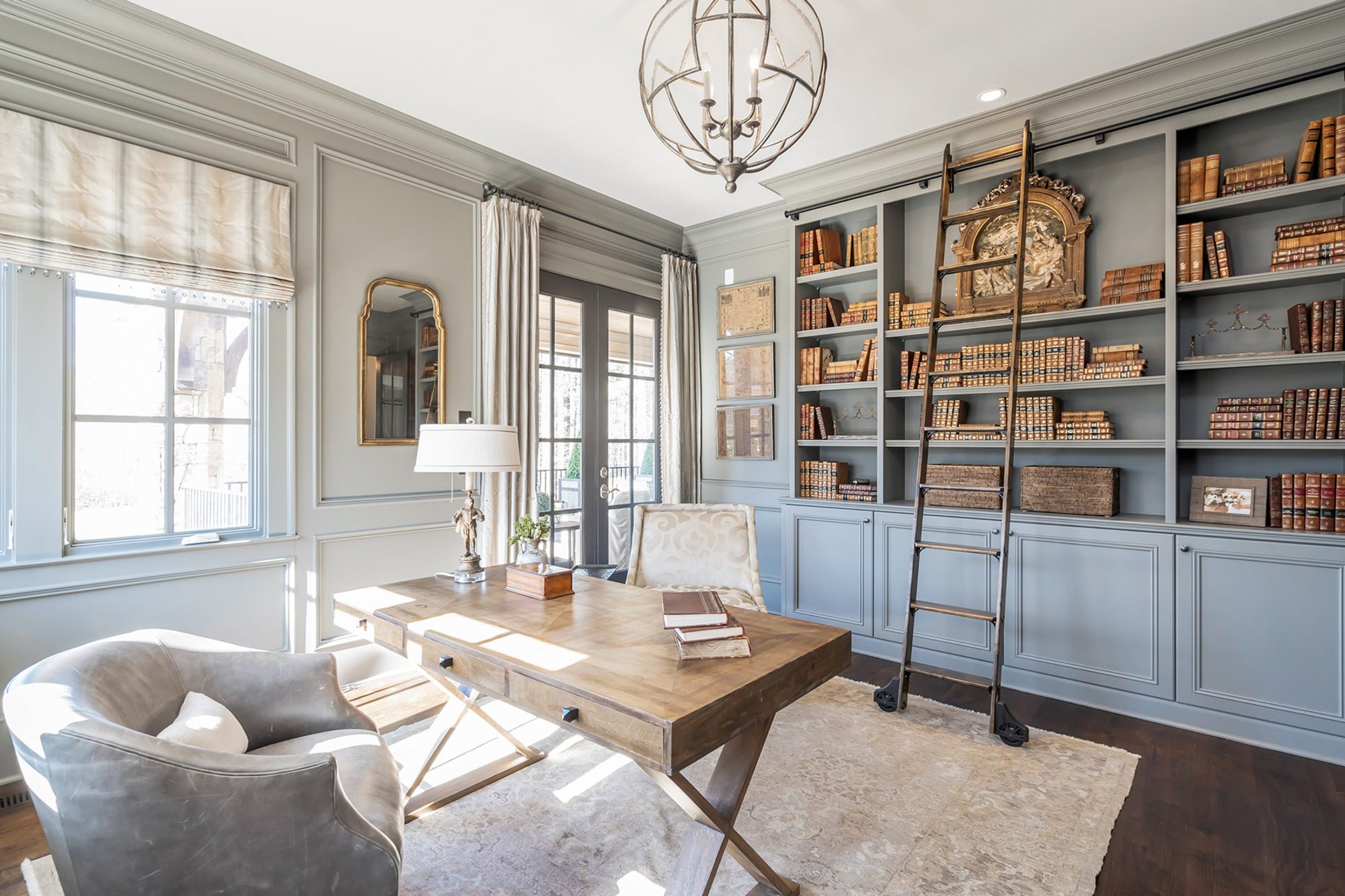




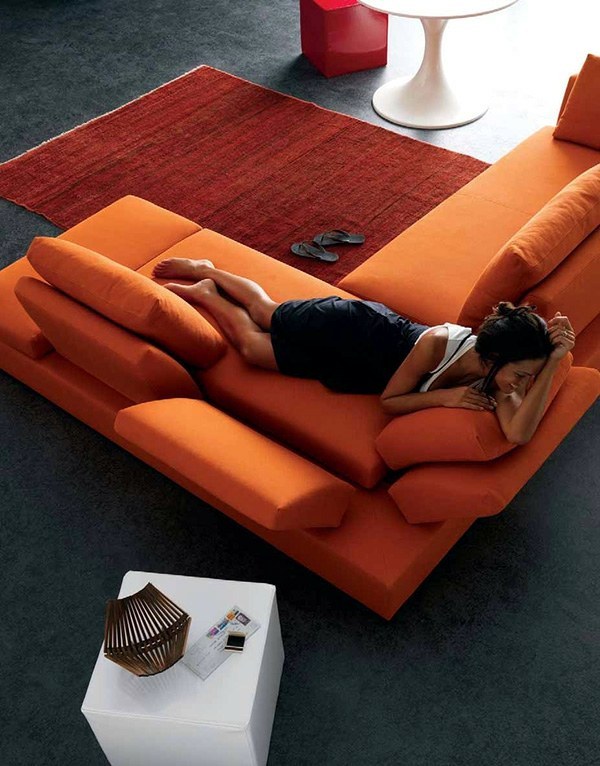



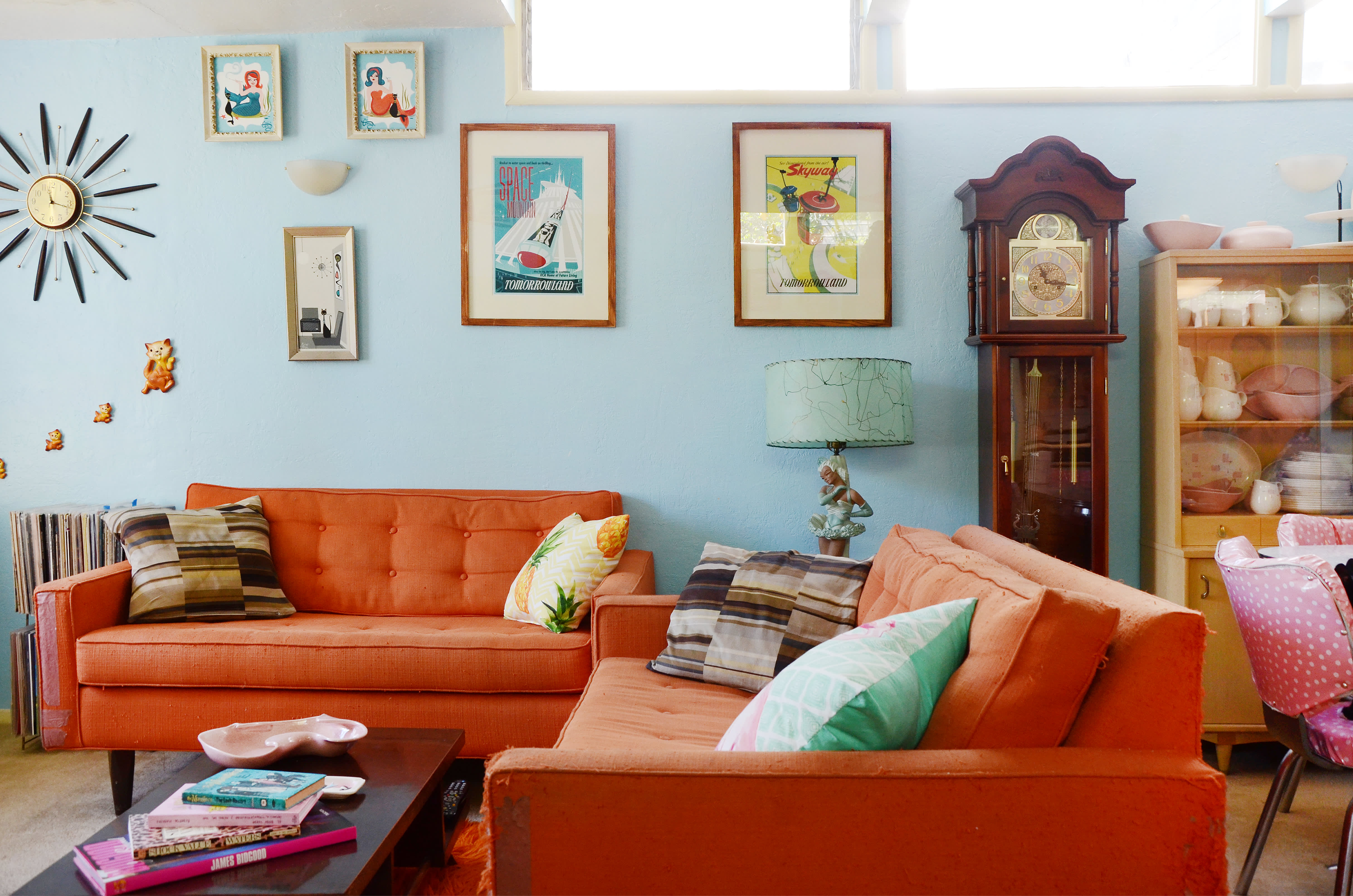

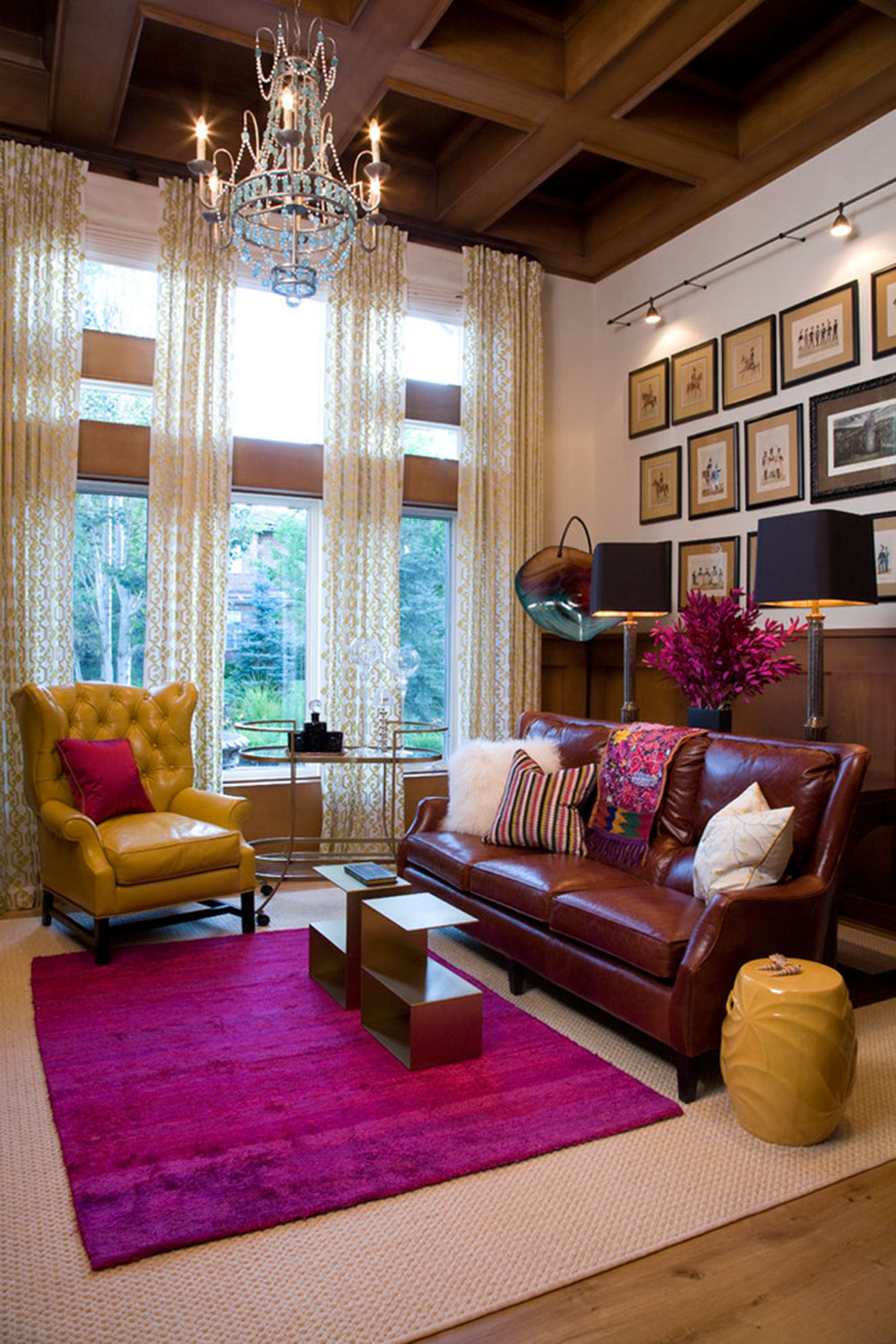


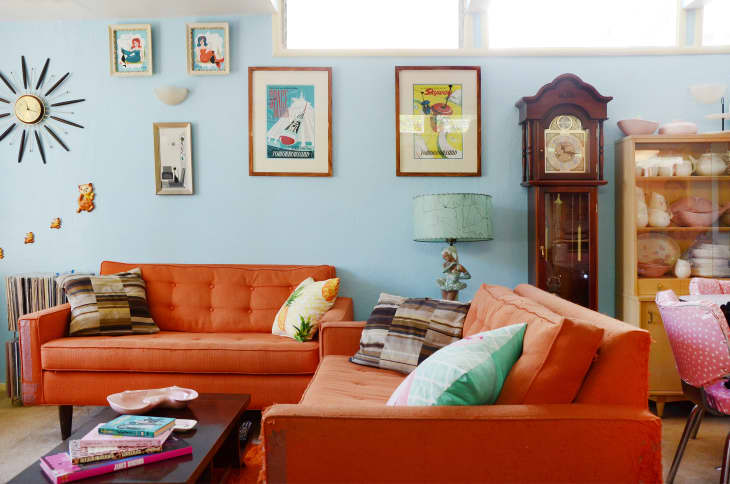

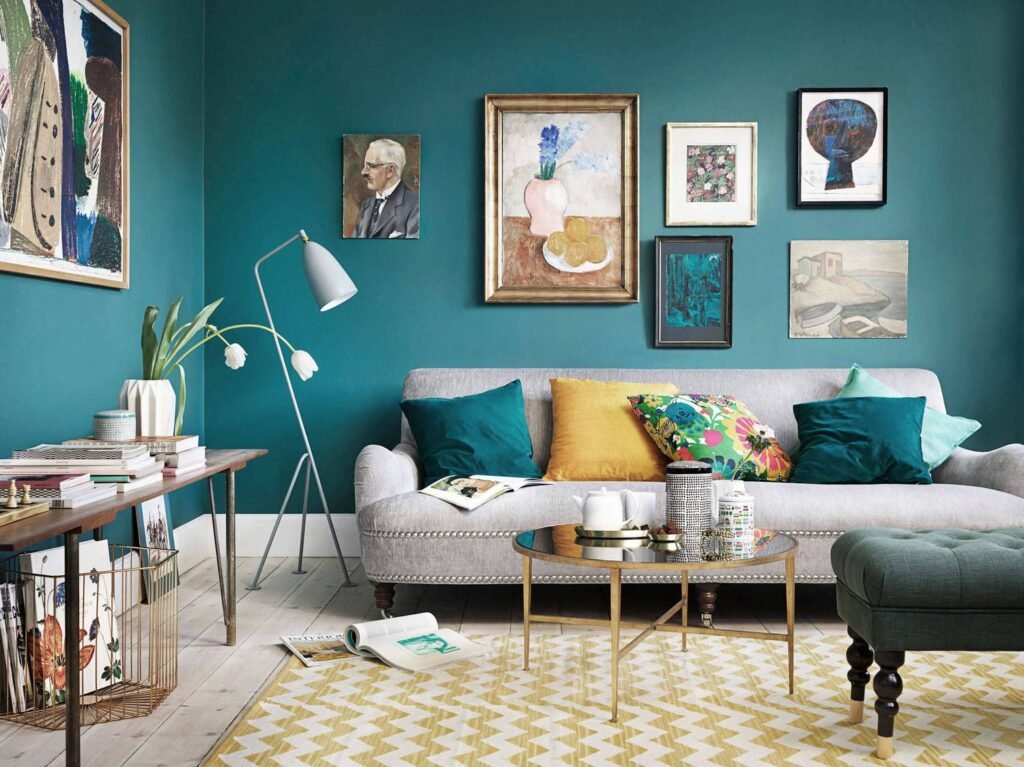
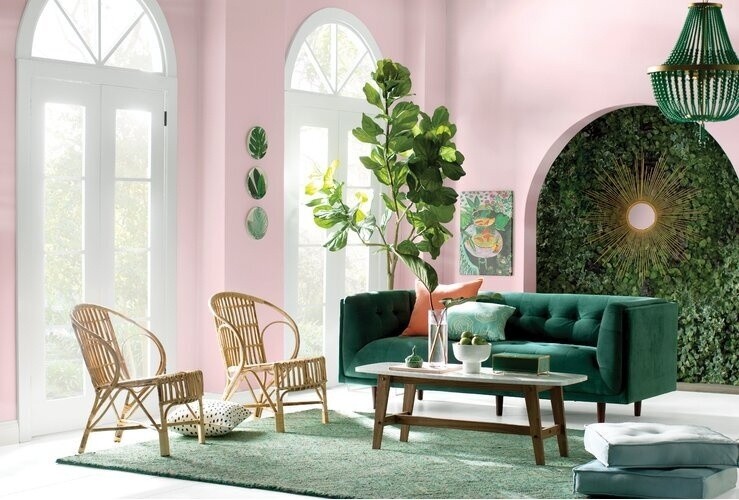









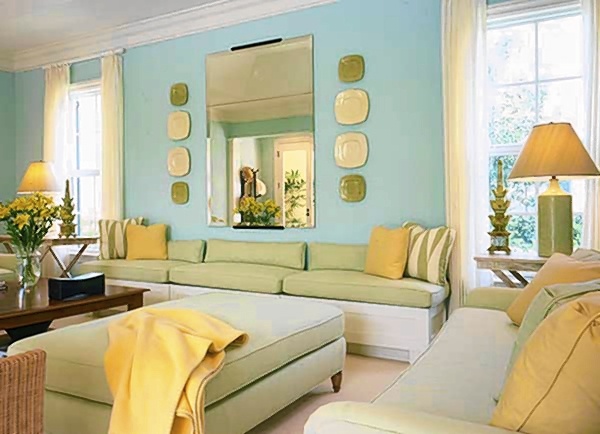



:max_bytes(150000):strip_icc()/purple-green-orange-bohemian-585afbdb5f9b586e023085fa.jpg)



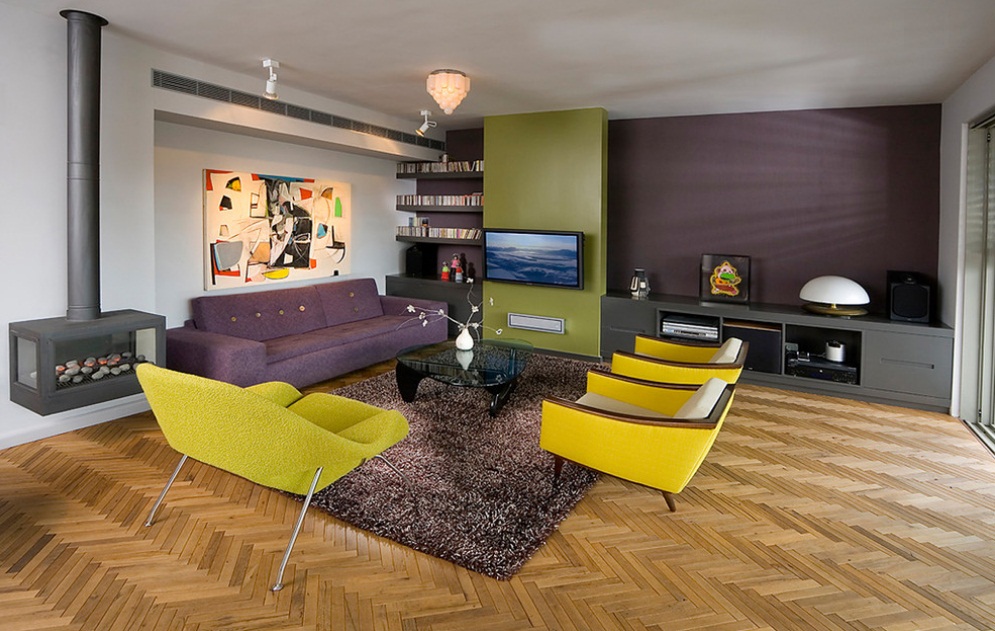

:max_bytes(150000):strip_icc()/GettyImages-1057382918-2c9f5e5e6d71446e882d3c7182bf71db.jpg)











